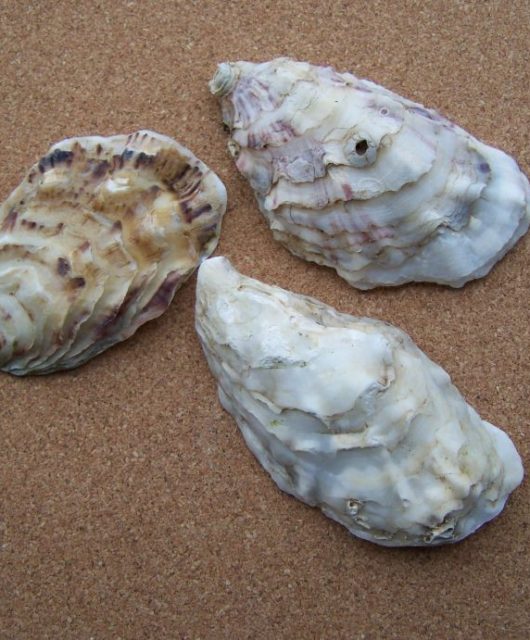The Fastest Way to Get Rid of a Yard Full of Leaves

When the leaves start falling, the yard fills up fast. One minute the grass looks clean, and the next it’s buried under layers of dry, crunchy leaves. Raking works, but it takes forever. Bagging them is even worse. And just when it feels done, more leaves fall and the job starts over again. That’s why leaf mulchers are becoming a go-to tool for anyone trying to keep up without wasting an entire day outside.
What a Leaf Mulcher Actually Does
A leaf mulcher breaks down dry leaves into super small pieces. Instead of scooping full-sized leaves into bags, the mulcher chops them up using a high-speed spinning line or blade. The result is a tiny, shredded mix that takes up way less space. That means fewer bags, easier cleanup, and less hauling to the curb.
Some models work like a giant funnel on top of a collection bin. Just drop the leaves in and let the machine handle the rest. Others are built into tools that vacuum, shred, and collect in one go.
For anyone dealing with constant piles of leaves, a Worx leaf mulcher is a solid option to check out. It’s designed to quickly shred a bunch of dry leaves into mulch that’s easier to bag or use in gardens, helping to speed up the whole cleanup process.
Why Mulching Saves So Much Time
The biggest reason leaf mulchers are faster than raking is because they do more at once. Raking only moves the leaves. It doesn’t shrink them down or make them easier to throw away. Mulching takes care of everything in a few steps.
A single bag of mulched leaves can hold what would have taken five or six regular bags if the leaves were left whole. That means fewer trips, fewer bags, and less time dragging them across the yard.
Also, the process is cleaner. Raking can blow dust and leaf bits into the air. Mulching traps most of that as it shreds. Some mulchers even work in one spot, so there’s no need to drag the pile all around the yard.
It’s Not Just About Throwing Leaves Away
One of the best things about mulching is that the shredded leaves can actually be useful. When chopped into small pieces, the mulch can be spread over garden beds, flower borders, or even used around trees. It helps keep moisture in the soil and adds nutrients as it breaks down.
That turns a pile of leaves into something helpful, not just something to get rid of. People who garden often use leaf mulch because it’s free, natural, and easy to apply. And since it’s already in the yard, there’s no need to buy extra mulch from the store.
This makes mulching a smarter choice for both cleanup and keeping the yard healthy.
Less Strain, Better Results
Using a rake over and over can be tiring. It’s hard on the arms and back, especially when the piles get big or the leaves are wet. Leaf mulchers take most of the heavy work out of the process. There’s no bending over to scoop or lifting full trash bags every few minutes.
Most mulchers are light enough to move around the yard without trouble. Some models stay in one spot while the leaves get fed into the top, which keeps the work area small and clean. Others are built into vacuums that roll and suck up leaves on the move.
Either way, it’s easier on the body and takes way less time to finish the job.
Picking the Right Mulcher for the Yard
There are a few different types of leaf mulchers, and it helps to pick one that fits the size and style of the yard. For small to medium lawns, an electric mulcher that sits over a bin or bag is usually enough. These are easy to set up, don’t need gas, and work best on dry leaves.
For larger yards, a combination tool that vacuums, mulches, and collects might be a better fit. These let users walk across the lawn while sucking up and shredding leaves in one step.
Some things to think about when choosing a mulcher include:
- How many leaves fall during the season
- How big the yard is
- Whether the mulch will be reused or thrown away
- If storage space is limited
Most electric models don’t take up much room and can be taken apart for easy storage when leaf season is over.
Safe and Simple to Use
Leaf mulchers are usually easy to use, but safety still matters. Always keep hands away from the intake area and use a stick or rake to push leaves in if needed. Most machines have covers that keep the blade or spinning line blocked off from open contact.
It also helps to wear gloves and eye protection, just in case a twig or bit of debris gets pulled into the machine. And only dry leaves should go through the mulcher—wet ones can clog it or make the blades stick.
Following basic safety steps keeps the process smooth and avoids any problems while working.
When to Start and How Often to Use It
The best time to start mulching is once the first few heavy leaf falls hit the ground. Waiting too long means the pile gets out of control. But doing it too early wastes effort if more are going to fall the next day.
Most people mulch once a week during peak leaf season. That keeps the yard clear without needing to start from scratch each time. If the trees in the area lose leaves slowly, every other week might be enough.
Staying on top of it makes the whole job easier, and it means the lawn can breathe without being smothered under leaves for weeks.
Final Thoughts
Dealing with a yard full of leaves doesn’t have to take hours. Leaf mulchers make the job faster, cleaner, and way less frustrating. They cut down piles into small pieces that are easy to handle and even more useful when turned into mulch for the garden. Whether the goal is to clear the lawn quickly or reuse the leaves in a smart way, a mulcher can help get it done with way less effort. It’s one tool that takes a messy, time-consuming job and makes it something that can be finished in no time.









